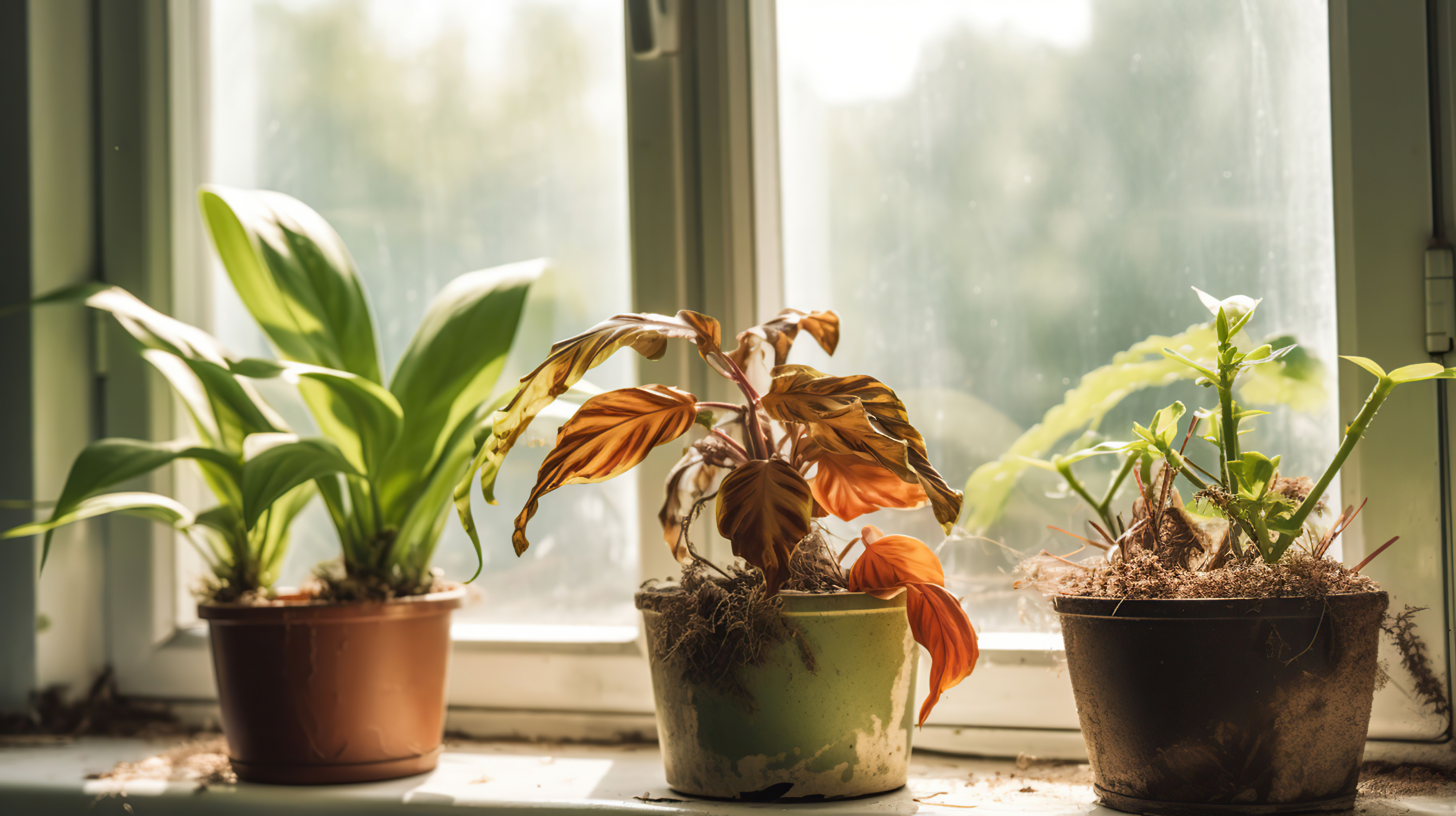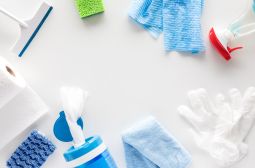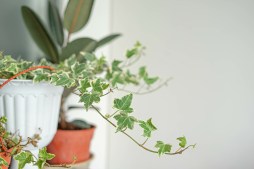Effective Methods to Quarantine a Sick Plant Indoors and Prevent Spread

When you notice a plant showing signs of illness indoors, acting swiftly can save not only that plant but also others nearby. Quarantining a sick plant is an essential step in preventing the spread of pests and diseases. This guide will walk you through effective methods to isolate and care for your ailing indoor plants to ensure a healthy green space.
Identify Symptoms and Confirm the Illness
The first step in quarantining a sick plant is to accurately identify the symptoms it exhibits. Look for common signs such as yellowing or wilting leaves, spots, mold, or unusual growths. If possible, research the specific disease or pest affecting your plant so you can tailor your quarantine approach effectively.
Choose an Isolated Location for Quarantine
Select a location away from other plants to prevent cross-contamination. This could be a separate room with good air circulation or an area near a window where the sick plant can receive adequate light without coming into contact with healthy plants. Using trays or shelves dedicated solely to quarantined plants is highly recommended.
Implement Strict Hygiene Practices
Always wash your hands before and after handling the sick plant. Use sterilized tools when pruning diseased parts, and clean any surfaces that come into contact with the infected plant thoroughly. Avoid sharing watering tools between quarantined and healthy plants unless they are disinfected between uses.
Monitor and Treat Your Plant Regularly
Keep close watch on the quarantine area for any changes in your sick plant’s condition as well as potential spread indicators on nearby plants. Treat diseases promptly using appropriate methods such as fungicides, insecticidal soaps, or natural remedies depending on what’s affecting your plant.
Duration of Quarantine Before Reintroducing Plants
Maintain quarantine until you are confident that the disease or infestation has been eradicated—this period often lasts from two weeks up to several months depending on severity. Only reintroduce the recovered plant back among others once it shows no signs of illness over time to minimize risk.
Quarantining a sick indoor plant is crucial in maintaining overall plant health within your home garden environment. By following these effective methods—identifying symptoms early, isolating properly, practicing good hygiene, monitoring diligently, and knowing when to end quarantine—you’ll help ensure that all your indoor greenery thrives beautifully.
This text was generated using a large language model, and select text has been reviewed and moderated for purposes such as readability.


